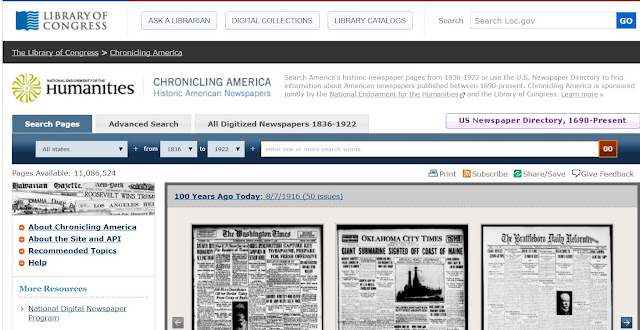I suspect that Lucia Raczynska lied about the ages of her
children.
It has been a struggle to find information about my paternal
grandmother’s family. A scribbled name on the 1900 census had me on a wild
goose chase for quite a while.
My grandmother was Tekla (Thecla) Raczynska, born September
21, 1873 in Breckerfeld, Westphalia, Prussia.
Her parents, Lucas Raczynski and Lucia Juskowiak were married on 24 Nov
1867 at Cerekwica, Wielkopolskie, Prussian Poland. There were no civil records in
Germany/Prussia until 1874, so church sacramental records are my only sources.
The 1900 US Federal census shows Tekla with her husband,
Stanley Dachtera, and 3 children plus Lucia, listed as “mother” and Lucia’s
sons Frank and John. But – scribbled in for Lucy’s surname is: Matykewich
(sic).
So even though I know better than to make assumptions, I assumed
that Lucia had been widowed and remarried to Mr. Matykiewicz. I’m too embarrassed to tell how much time and
effort I wasted on that. Adding to my
confusion was that one of Tekla’s sisters-in-law, Stella Dachtera, married
Frank Raczynski. Because he proved
difficult to find in any records I had access to, I was not able to make a
connection. I was never able to find Tekla on any passenger list. After beating
on that brick wall for a while, I gave it a rest and moved on to something
else.
Fast forward to last Saturday.
Scanning photographs of my Dachtera ancestors got me back to
my research. I chased a couple of BSOs
(Bright Shiny Objects), but finally found a passenger list record at
FamilySearch. Of course the surname was badly
misspelled but it was worth a look at the document. The transcriber did his/her best, but when I
saw the record, I knew it was Raczynski.
It made sense. There was my grandma with her mother, a
sister, and two brothers. YAY!!!
I did another search on Raczynski
looking at city directories – and there she was in the St. Paul city directory: Lucy Raczynski (widow of Lucas) and her son
John at the appropriate address. NO
mention of Matykewich!
But then I went back to the 1900
census and it didn’t make sense. The
ages and immigration years were different from the passenger list. How many women named Lucia Raczynska came to
the US with children named Tekla, Veronica, Frank (Franz) and John (Jan)???? It is likely that the census taker spoke with
Tekla who should have had accurate knowledge of birth dates – but she also may
have had enough of an accent to confuse the census taker. I’ll never know for
certain.
I created a small spreadsheet to try to clarify things, but that only made it clear that at least one data source had wrong information.
I have not reconciled the
differences, and perhaps never will, but here’s my current thinking.
While it would be difficult to
falsify the age of the infant Jan, the older children may have been presented
as younger than they were in order to keep the cost of passage as low as
possible.
Tekla was a very short woman. If she was tiny as a child, it could have
been possible to pass her off as a younger child to avoid paying an adult
fare. The same would hold for Veronica
and Franz.
So at present, I am assuming that
the Tekla Raczinska of the passenger list is my grandmother traveling with her
mother and siblings.
Sure would be nice to find real
proof.
If you have a different theory,
please let me know.










































